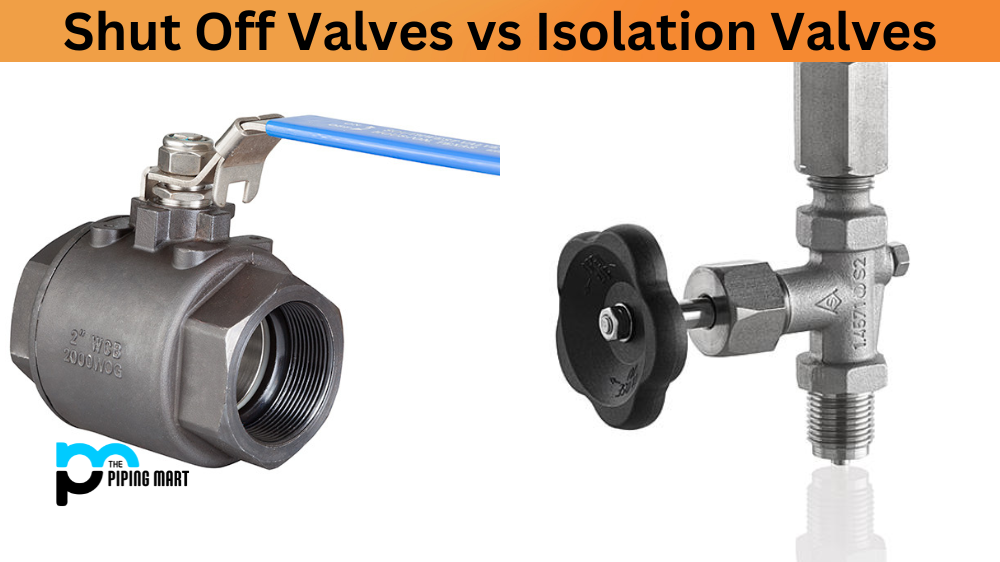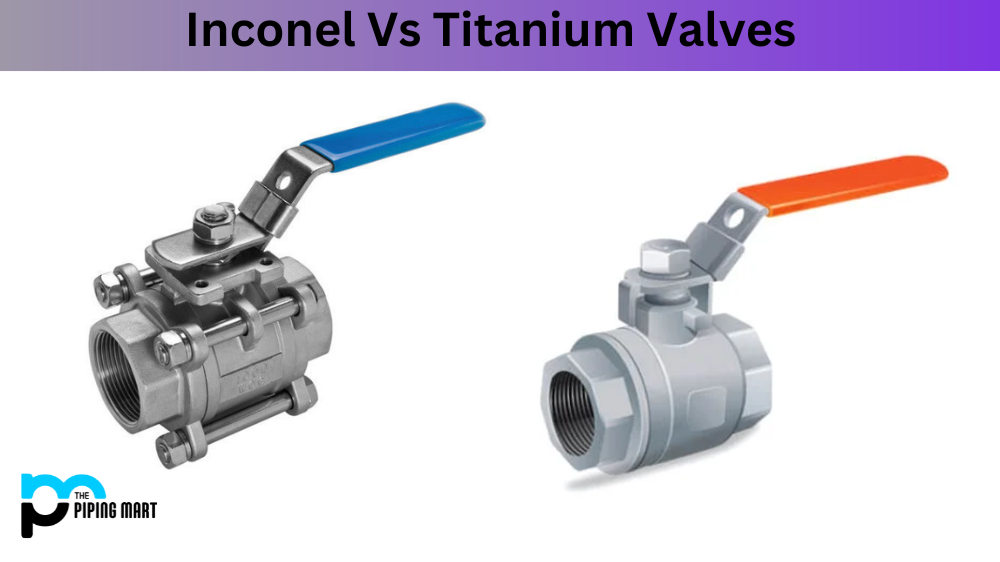Valves are essential components of plumbing systems that regulate water flow or other fluids. There are different types of valves and two of the most commonly used are shut-off valves and isolation valves. While they may appear similar, there are significant differences between the two. This blog post will discuss the key distinctions between shut-off and isolation valves, their typical applications, and when to use each one.
Shut-Off Valve
Shut-off valves are designed to stop fluid flow in a pipe or system. When closed, the valve completely blocks fluid flow in one direction and allows flow in the opposite direction when opened. These valves are typically configured as gate valves or ball valves and are typically placed in areas where flow control is unnecessary. In contrast to isolation valves, they are designed to be used in emergencies where quick and complete shut-off of the supply is essential. Shut-off valves are often placed on pipes feeding fixtures such as toilets, sinks, or washing machines.
Isolation Valve
On the other hand, isolation valves are installed in plumbing systems to control the flow of water or other fluids from various sections of the system, particularly during maintenance, repair, or replacement activities. Unlike shut-off valves that are typically open or closed, isolation valves are designed to adjust the fluid flow by partial closure rather than entirely shutting off the valve. Common types of isolation valves are globe, butterfly, and needle valves. They are located between sections of the plumbing system to control the flow of water or fluids. Isolation valves are also helpful for conserving water supply in different parts of the system and are very useful for emergencies.
Difference Between Shut-Off Valve and Isolation Valve
When to Use Shut-Off or Isolation Valve
As previously noted, the main difference between shut-off valves and isolation valves is their level of control over fluid flow. Shut-off valves are used in emergencies, such as when a burst pipe leaks water uncontrollably. On the other hand, isolation valves are used during maintenance, repairs, or non-emergency situations requiring minor flow control adjustments. Isolation valves are also great for changing plumbing without affecting the main supply line.
Other Differences
- A shut-off valve is a valve that is used to stop the flow of water or other fluid.
- An isolation valve is a valve that is used to isolate a section of piping or plumbing.
- Shut-off valves are typically installed when water enters a home or business.
- Isolation valves are typically installed in areas where maintenance or repairs may need to be performed.
- Shut-off valves are typically made from brass, bronze, or stainless steel.
- Isolation valves are typically made from plastic or rubber.
- Shut-off valves are typically operated manually, while isolation valves may be operated manually or automatically.
- Isolation valves are typically used in conjunction with shut-off valves.
Conclusion
In conclusion, shut-off and isolation valves are both essential components of plumbing systems, and each has a particular purpose. It is essential to understand these differences to determine which valve is suitable for the intended application. Generally, you should use shut-off valves in emergencies to quickly shut off the fluid flow, while isolation valves are more appropriate for routine maintenance and repair work. Understanding the proper use of valves will help prevent plumbing emergencies and protect your home from water damage. Finally, always install high-quality valves and have them installed by qualified professionals; this can help ensure they remain reliable and effective for years.




